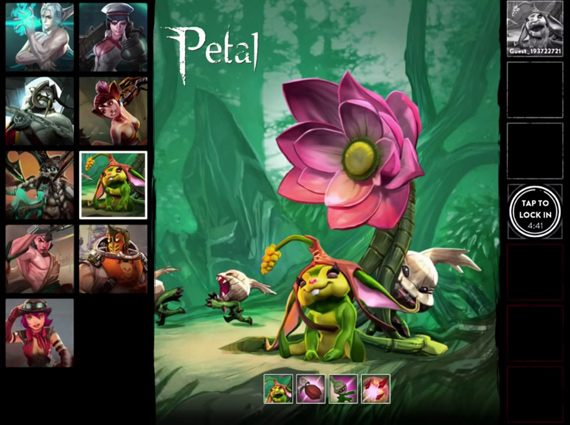

The Catechism defines lust as a “disordered desire for or inordinate enjoyment of sexual pleasure. Lust is so broad that it encompasses sex outside of heterosexual marriage as well as sex inside of heterosexual marriage. The Catechism says that “If anger reaches the point of a deliberate desire to kill or seriously wound a neighbor, it is gravely against charity it is a mortal sin.” Medieval artists depicted wrath with scenes of people fighting as well as scenes of suicide. WrathĪnger can be a normal reaction to injustice, but wrath is something more.

Gregory articulated this when he added envy to his list of vices, writing that envy engendered “exultation at the misfortunes of a neighbour, and affliction at his prosperity.” 4. “Sadness is closely related to envy because envy concerns really two things: One is joy at another’s misfortune and sorrow at the fortune of someone else.” “Evagrius doesn’t have envy in his list,” Clarke says, but Evagrius did include sadness. “So he was aware that things that we would consider as immaterial could also be the object of avarice.” While some of the sins may vary between lists, avarice or greed shows up on all of them. “Gregory the Great wrote that avarice is not just a desire for wealth but for honors high positions,” Newhauser says. “Vainglory is where we seek human acclaim.” In contrast, “pride is a sin where I essentially take spiritual credit for what I’ve done,” instead of “ascribing one’s good deeds to God.” 2. “Vainglory is kind of like that vice that makes us check our ‘like’ counts on social media,” he says. Patrick's Seminary and University who has edited a book of historical writings on the seven deadly sins. Clarke, a professor of scripture and patristics at St. But technically, they’re not the same thing, says Kevin M. Lists of the seven sins often use vainglory and pride interchangeably. Here, we take a look at the list that has fascinated people for so long.Įngraving of the Seven deadly sins. Even on Gilligan’s Island, the American sitcom that aired from 1964-1967, each character was supposed to represent a different deadly sin, according to the show’s creator (Gilligan was “sloth”). The movies Se7en (1995) and Shazam (2019) both deal with the seven deadly sins. The seven deadly sins were a popular motif in medieval art and literature, and this likely helped them persist as a concept through the centuries, eventually entering film and television. The Catechism of the Catholic Church’s current capital sins are basically the same as Aquinas’, except that “pride” replaces “vainglory.” In his list, he brought back “sloth” and eliminated “sadness.” Like Gregory, Aquinas described “pride” as the overarching ruler of the seven sins. WATCH: The Religion Collection on HISTORY Vault Thomas Aquinas Revisits the Listįast forward to the 13th century, when theologian Thomas Aquinas again revisited the list in Summa Theologica (“Summary of Theology”). And then you’ll be in hell for eternity, or your soul will be in hell for eternity.”


“Committing one of these mortal sins and not confessing, not doing penance and so on, will result in the death of the soul. Newhauser, an English professor at Arizona State University who has edited books about the seven deadly sins. “They’re called ‘mortal’ or ‘deadly’ because they lead to the death of the soul,” says Richard G. Gregory the Great-who would become Pope Gregory I-rearranged them in his commentary on the Book of Job, removing “sloth” and adding “envy.” Instead of giving “pride” its own place on the list, he described it as the ruler of the other seven vices, which became known as the seven deadly sins. Evagrius’ student, John Cassian, brought these ideas to the Western church, where they were translated from Greek to Latin. As an ascetic monk in the Eastern Christian church, he was writing to other monks about how these eight thoughts could interfere with their spiritual practice. In the fourth century, a Christian monk named Evagrius Ponticus wrote down what’s known as the “eight evil thoughts”: gluttony, lust, avarice, anger, sloth, sadness, vainglory and pride.Įvagrius wasn’t writing for a general audience.


 0 kommentar(er)
0 kommentar(er)
